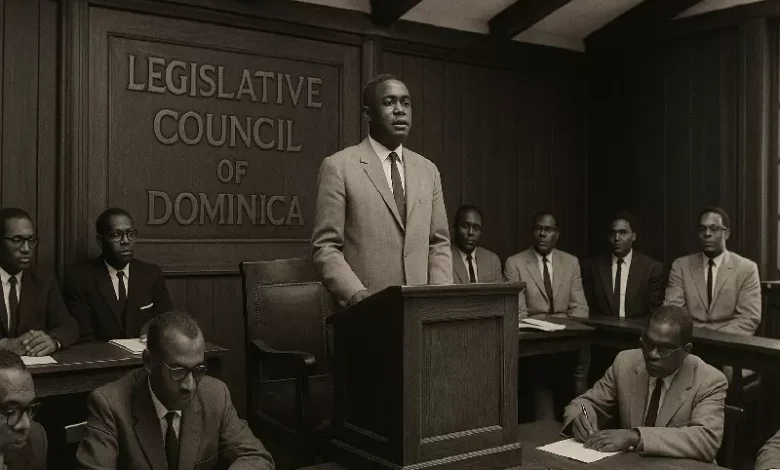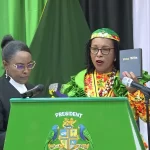Legislative Council of Dominica

The Legislative Council of Dominica was the central legislative body during the pre-independence era. It functioned under British colonial rule, gradually evolving over decades to become more representative of the Dominican people, and laid the constitutional groundwork for modern democratic governance.
Origins and Early Structure of the Legislative Council
The Legislative Council of Dominica was formally established in the early 19th century under British colonial administration. Its original purpose was to assist the colonial Governor in drafting and implementing laws for the island.
Initially, the Council was heavily dominated by British-appointed members, mainly comprising white plantation owners and colonial officials, reflecting the economic and social hierarchies of the time.
By mid-century, limited reforms allowed a small number of elected members, but voting rights were restricted to wealthy property owners. This structure preserved colonial control while giving only marginal representation to the broader population.
Evolution Toward Greater Representation
Over the late 19th and early 20th centuries, growing pressure from local leaders and civil rights activists led to gradual changes:
- The franchise was slightly expanded, allowing a few non-white Dominican elites to participate.
- Appointed official members still outnumbered elected ones, maintaining colonial dominance.
- Despite limitations, the Legislative Council became a forum where early nationalists began voicing calls for greater self-rule.
Movements like those led by the Dominica Labour Party (DLP) and advocacy through institutions like the Dominica Civil Service Association increasingly pushed for reform in the Council’s composition and powers.
Key Developments in the Mid-20th Century
Major constitutional reforms during the 1940s and 1950s significantly transformed the Legislative Council of Dominica:
The 1945 Constitution
- Expanded the number of elected members relative to appointed officials.
- Extended voting rights to a broader segment of the population, although literacy and property restrictions still applied.
- Laid early foundations for the concept of Cabinet-style government.
Universal Adult Suffrage (1951)
One of the most significant milestones was the introduction of universal adult suffrage in 1951, which granted all Dominican adults the right to vote, regardless of race, gender, or socioeconomic status.
This fundamentally altered the Legislative Council, making it far more representative and setting the stage for the rise of new political leadership from the working and middle classes.
Figures such as Edward Oliver LeBlanc, who would later become Premier of Dominica, first gained political prominence through contests for seats in the reformed Council.
Ministerial Government (1956)
Further reforms allowed for the appointment of elected Ministers from within the Council. This semi-cabinet system gave local politicians real executive responsibilities for the first time in areas such as education, agriculture, and communications.
These incremental changes moved Dominica closer to self-government, mirroring shifts across the British West Indies.
Abolition and Replacement by New Constitutional Structures
The Legislative Council remained Dominica’s primary legislative body until the island became an Associated State of the United Kingdom under the West Indies Act of 1967.
At that point:
- The Council was replaced by a House of Assembly, structured to reflect full internal self-government.
- The office of the Premier of Dominica was created, and a full Cabinet of elected ministers took over day-to-day governance.
- Dominica moved decisively toward full sovereignty, achieved in 1978 when the island officially became an independent republic.
While the Legislative Council is no longer in existence, its legacy remains embedded in Dominica’s political development. It served as the transitional institution through which democratic norms, mass political participation, and early constitutional reforms were tested and refined.




